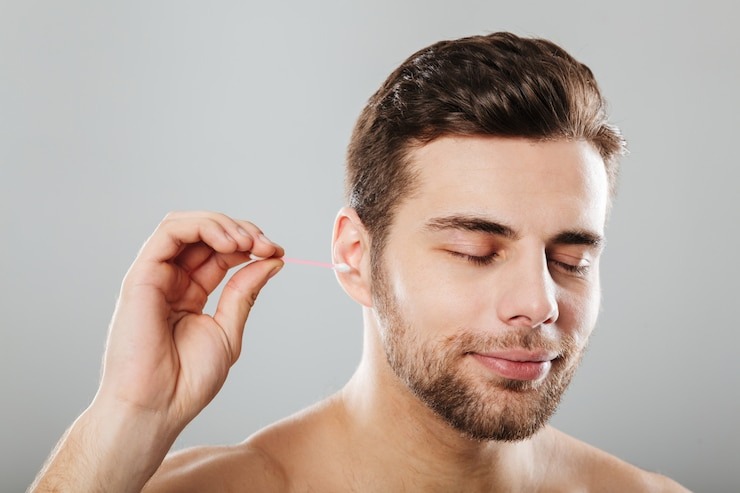Ear wax removal is a crucial aspect of maintaining ear health and ensuring optimal hearing function. While ear wax serves a protective role in the ear canal, excessive buildup can lead to various issues, including hearing loss and discomfort. Knowing when to seek professional help for ear wax removal is essential for preventing complications and preserving your hearing. Let’s explore the importance of professional ear wax removal and when you should consider seeking assistance:
Understanding Ear Wax and Its Functions
Ear wax, also known as cerumen, is a natural substance produced by the glands in the ear canal. It serves several important functions, including lubricating the ear canal, trapping dust and debris, and preventing infections. In most cases, the body naturally expels excess ear wax through jaw movements, such as chewing and talking.
Signs of Excessive Ear Wax Buildup
- Ear Discomfort: Feeling of fullness or pressure in the ear.
- Decreased Hearing: Difficulty hearing or muffled sounds.
- Ear Itching: Persistent itching or irritation in the ear canal.
- Earache: Pain or discomfort in the ear, sometimes accompanied by sharp or dull pain.
Importance of Professional Ear Wax Removal
- Safe and Effective: Professional ear wax removal ensures safe and effective removal of excess ear wax without causing damage to the ear canal or eardrum.
- Expertise and Tools: Ear care professionals have the expertise and specialised tools to safely remove ear wax buildup, reducing the risk of complications.
- Prevention of Complications: Professional removal helps prevent complications such as ear infections, hearing loss, and damage to the eardrum.
- Improved Hearing: Removing excess ear wax can improve hearing clarity and alleviate symptoms associated with ear wax buildup.
When to Seek Professional Help for Ear Wax Removal
- Persistent Symptoms: If you experience persistent symptoms of ear wax buildup, such as hearing loss or discomfort, despite home remedies.
- History of Ear Issues: If you have a history of recurring ear infections, impacted ear wax, or other ear-related problems.
- Use of Hearing Aids or Earplugs: If you use hearing aids, earplugs, or in-ear devices, which can increase the risk of ear wax buildup.
- Underlying Medical Conditions: If you have underlying medical conditions affecting the ear, such as narrow ear canals or skin conditions affecting the ear canal.
Professional Ear Wax Removal Methods
- Microsuction: A gentle suction technique used to remove excess ear wax under direct visualisation with a microscope or otoscope.
- Irrigation: Flushing the ear canal with warm water or saline solution to dislodge and remove ear wax buildup.
- Manual Removal: Using specialised tools such as curettes or loops to carefully scoop out excess ear wax.
Importance of Hearing Checks
Regular hearing checks are essential for monitoring your hearing health and detecting any changes or abnormalities early on. Hearing checks can help identify issues such as earwax buildup, hearing loss, or other ear-related conditions, allowing for timely intervention and treatment.
Professional ear wax removal is a safe and effective way to address excessive ear wax buildup and alleviate associated symptoms. Knowing when to seek professional help for ear wax removal is crucial for maintaining ear health and preventing complications. If you experience persistent symptoms of ear wax buildup or have a history of ear-related issues, consider scheduling an appointment with a qualified ear care professional for assessment and treatment. Additionally, regular hearing checks are essential for monitoring your hearing health and detecting any changes or abnormalities early on. By prioritising ear health and seeking professional care when needed, you can ensure optimal hearing function and overall well-being.







